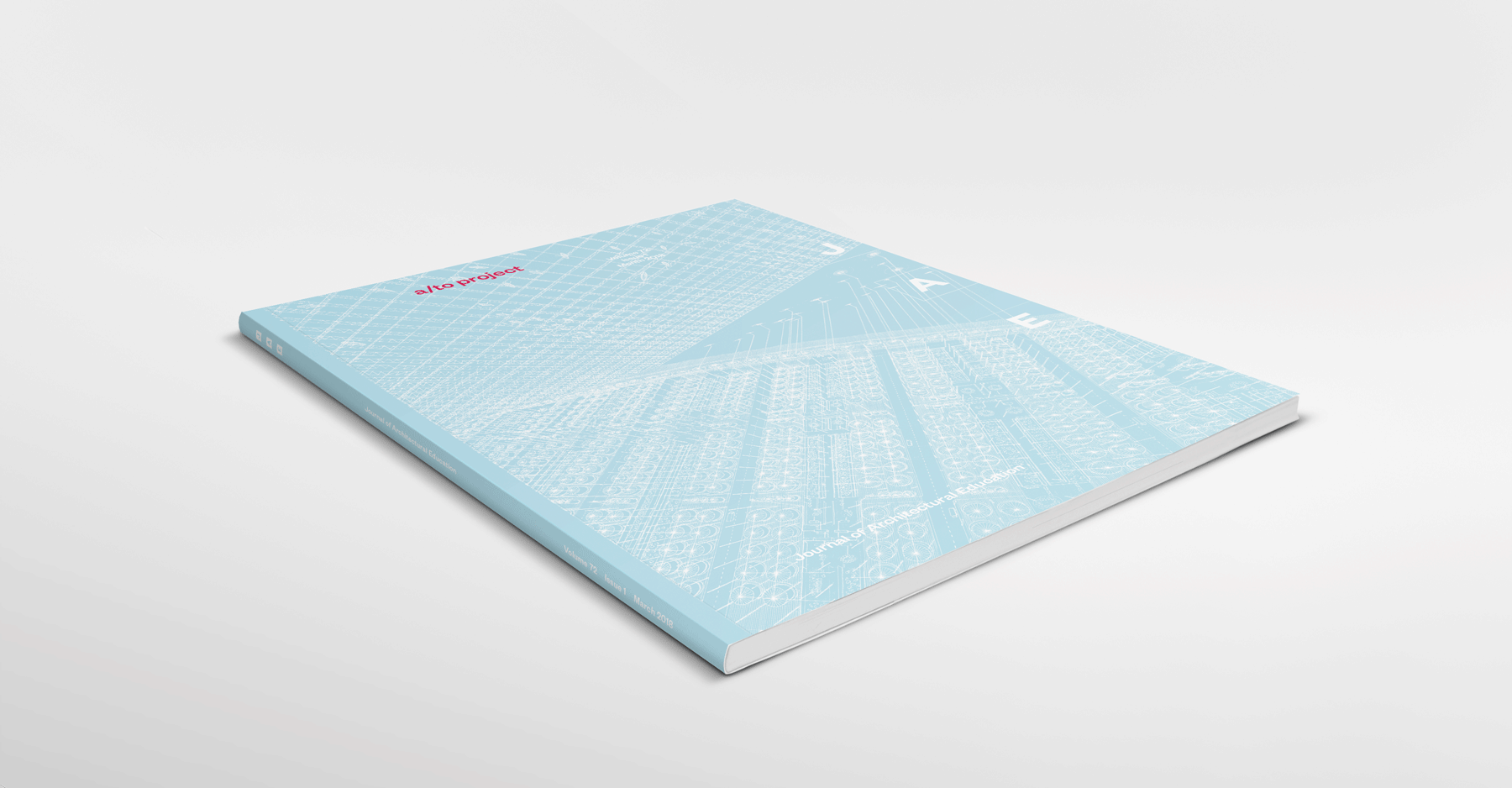
The drawing blends unbuilt but highly significant urban proposals into an alternative city of architectural fictions. It revisits earlier schemes such as Ebenezer Howard’s Garden City, Le Corbusier’s Plan for Algiers, Kenzō Tange’s Proposal for Tokyo Bay, and Buckminster Fuller’s Dome over Manhattan, rethinking the techniques and ambitions of these visionary works. The drawing—an arsenal of historical speculative projects—stands as a document of architecture’s unending devotion to dream of parallel urban futures. But, more importantly, it seeks to breed and identify new forms of architectural urbanism by coupling the ingenuities of past schemes and forcing them to measure up to other legendary projects. In turn, the drawing may be understood as a vehicle in the search for alternative urbanisms to come.
Continue Reading:






